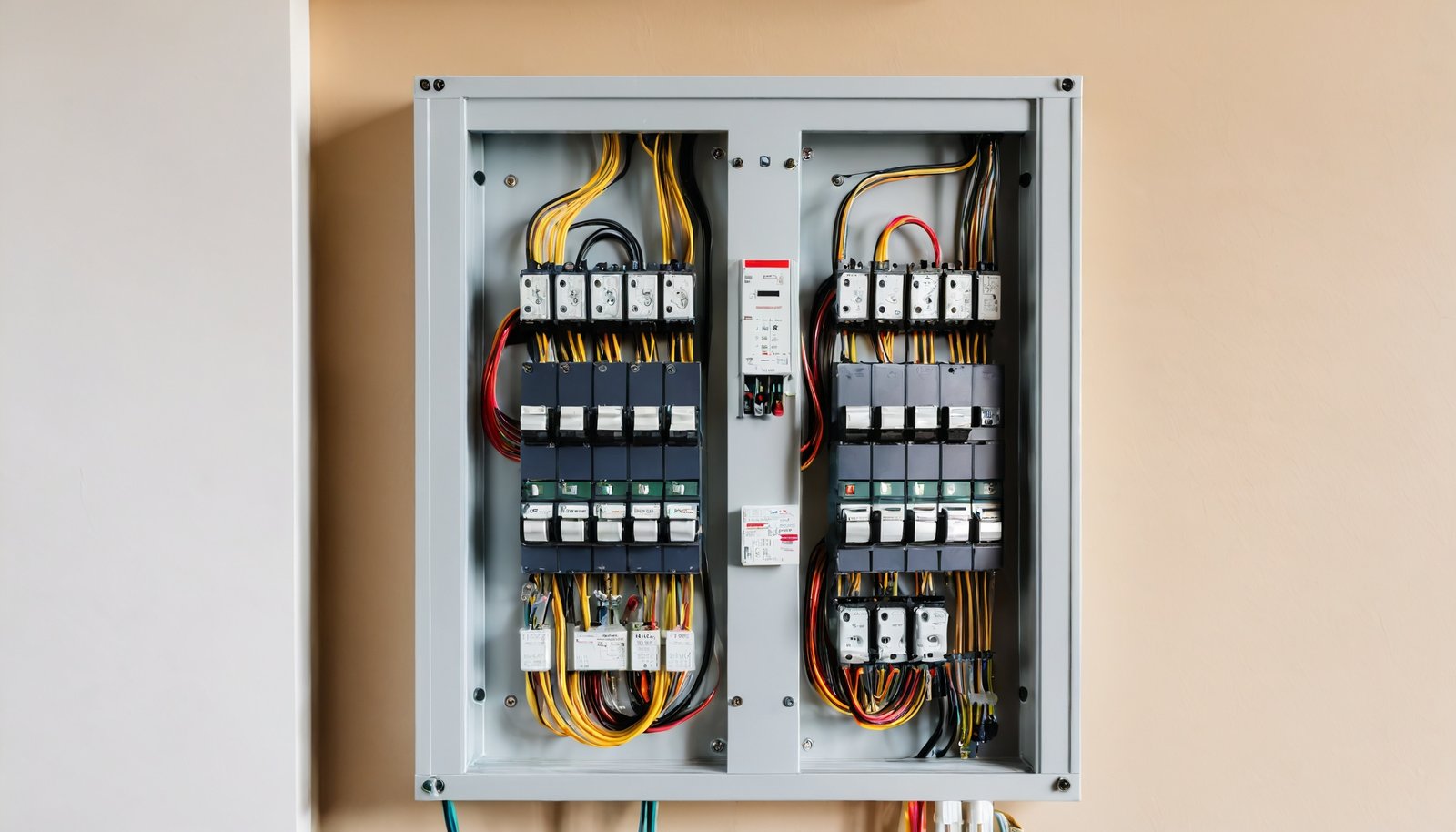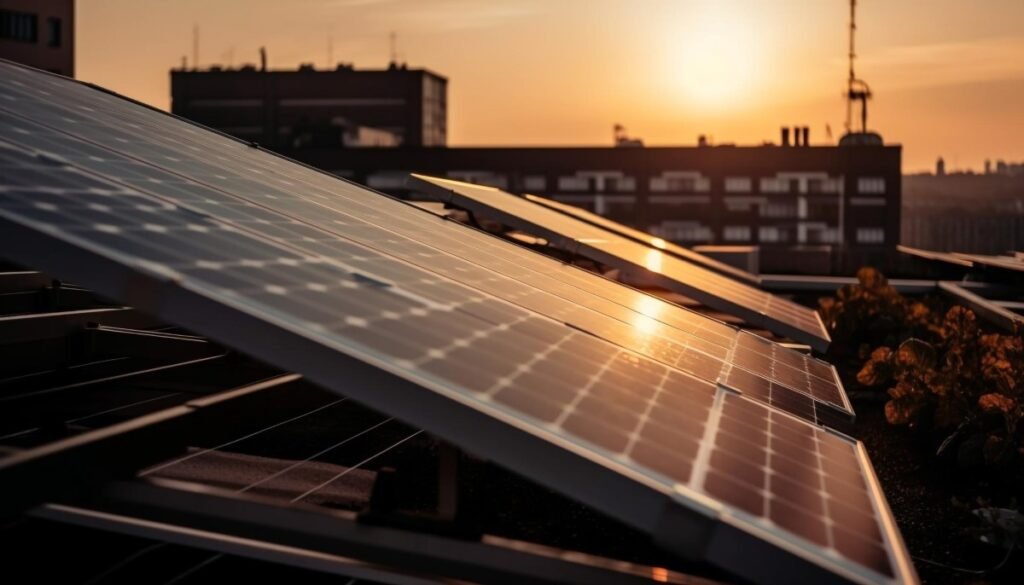Evaluating your main electrical panel and whether you may need an upgrade is very important in the solar energy switch process.
Sometimes referred to as the circuit breaker, the main electrical panel makes sure that electricity is distributed to all the electrical appliances in your home or office, from your microwave to your HVAC (heating and cooling) system.
The total demand of all your appliances should not surpass the capacity of your electrical panel (usually rated in amps like 100A, 150A, or 200A). Solar panels generate electricity that feeds into your electrical panel, adding to the power you receive from the grid. If your panel is already close to its capacity limit, the increased load from your solar panels can cause an overload.
If a solar system overloads a full panel, it could lead to overloaded circuits, frequent tripping of circuit breakers, and even potential fire hazards.
In order to ensure safe and reliable operation of your future solar energy system, after conducting a site survey, Parco Solar reviews your system size and also performs load calculations to assess whether there is a need for an electrical upgrade to handle solar power.
Though it is best to speak with an energy consultant to confirm whether you may need an electrical panel upgrade, here are some ways to know.
- Age of current electrical panel: If your home (or workplace) is older and the electrical panel has not been upgraded in many years, you likely will need an electrical panel upgrade as modern panels are designed to handle larger loads than older electrical panels.
- Local building codes and utility regulations: Some building codes or your utility company may actually require a certain minimum amperage or safety features for homes/buildings with solar power.
- Size of your solar energy system: Larger solar energy systems of course generate more electricity, and thus may require larger e-panel capacity.
- Type of inverter in your solar energy system: Note that microinverters, which convert electricity at each panel rather than sending all the electricity to the main e-panel at once –may not require as large a capacity for the electrical panel as string inverters.
- Lastly, if your panel is already near capacity (you sometimes get outages and have to play with the box switches to turn the electricity back on), then likely it will not be able to handle an additional load from solar panels.
Parco Solar can provide your home or workplace with any of the necessary options below, and include the costs of these upgrades in your solar project.
- Main Service Panel Upgrade: If the existing electrical panel is not suitable for safely connecting a solar energy system, a Main Service Panel upgrade is necessary. This upgrade entails replacing the existing panel with a larger-sized panel or “solar ready” panel with additional space designated specifically for the solar breaker.
- Sub Panel: A sub-panel upgrade is a partial upgrade in that you add a sub-panel, which provides extra breakers for connecting the solar energy system.
- Derate: A derate is another cost-effective solution that involves reducing the electrical load on the existing panel by redistributing or removing certain circuits.If you’re unsure whether your current electrical panel is adequate for solar or for other upgrades (like adding electrical vehicles and EV chargers to your home), speak with a Parco Solar Energy Consultant today. If you’re considering an electric panel upgrade already, now may be a great time to receive a holistic Energy Efficiency evaluation for your home or workplace.
References:
- https://better-earth.notion.site/Electrical-Upgrades-ea7ff46c68734e539f5c158667b74796
- https://optiononesolar.com/main-electrical-panel-upgrade-for-solar/#:~:text=What%20are%20the%20risks%20of,and%20even%20potential%20fire%20hazards.

With a dedication to renewable energy and expertise in creating compelling content, Susan regularly offers insights on the latest trends and best practices in solar energy solutions and energy efficiency methods.



